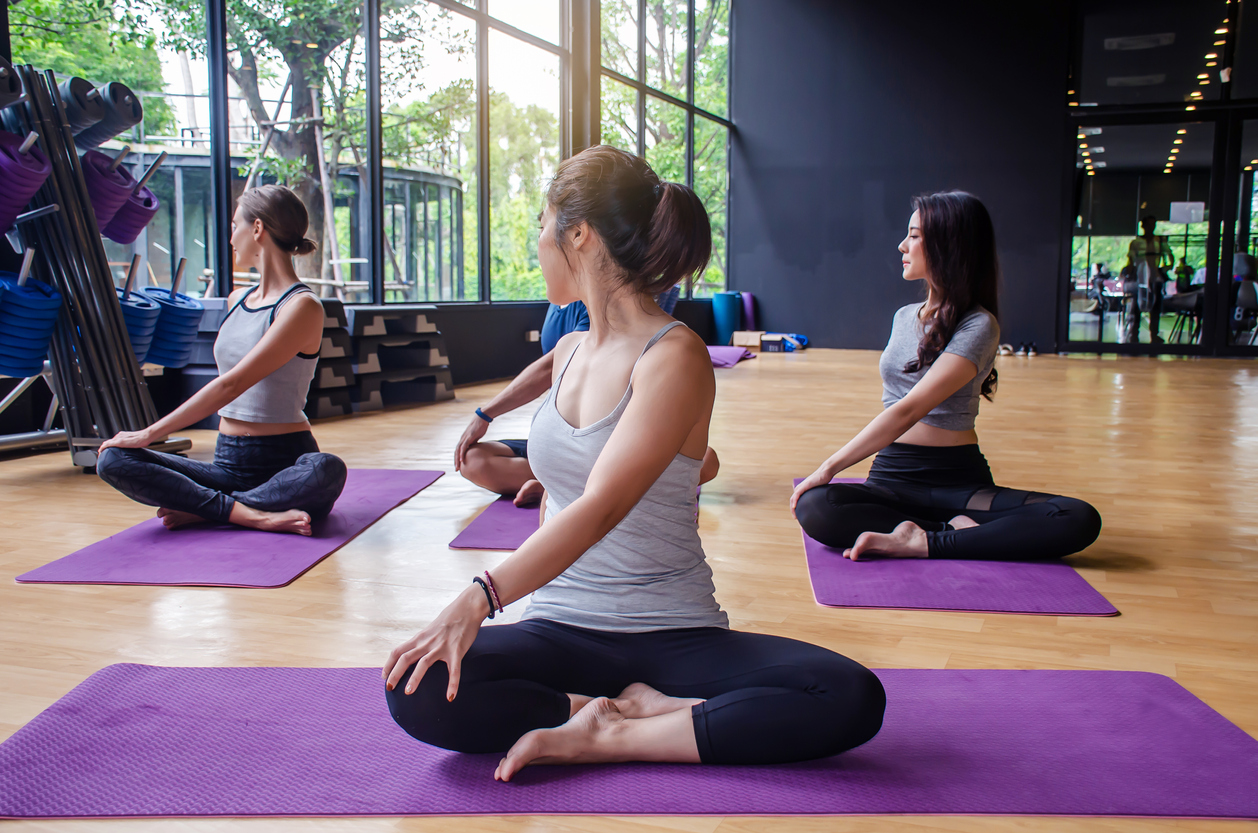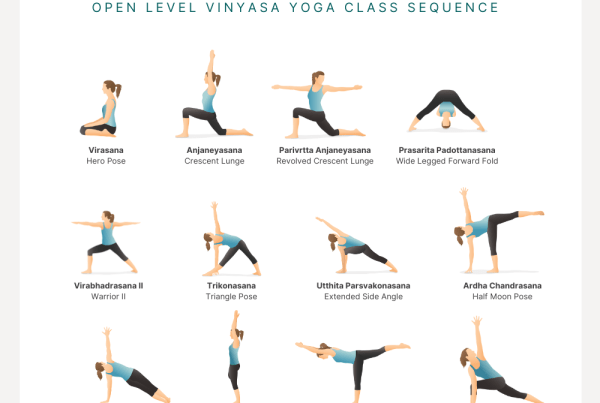
There’s a lot of debate about the use of music in yoga classes today. Most traditional classes use music that fits the tone of their class, while some teachers argue against the use of music all together. While there be alot of different opinions on what is best – we believe that there is really no right answer.
 Most information today related to music in yoga is meant to support a specific objective, or the opinion of one person – but yoga is universal and also a very personal practice. What one teacher prefers may be different from the next.
Most information today related to music in yoga is meant to support a specific objective, or the opinion of one person – but yoga is universal and also a very personal practice. What one teacher prefers may be different from the next.
Choosing Right Yoga Class Playlist
With all these differing opinions, we’ve created a simple guide for you on how to build your next yoga class playlist.
1. Choose Ambient Music
For many people, yoga is a way to access to their own personal sanctuary. A place where the rest of the world stops and an internal peace calmly rises from within. A ton of studies have been conducted into the power of sound as a way to help provide focus and inner peace. Ambient music can help to quiet the conscious mind, providing an avenue for the deeper parts of a yoga practice to arise. If you’re looking to provide a calming and meditative experience to your class, ambient sounds can be a valuable tool.
2. Use Themes
Themes can be a powerful way to inspire your students in their personal practice. Choosing a yoga class playlist that relates to your class theme is a great way to create an empowering class experience. If you have a class theme that focuses on balance, you could choose calming ambient music to help balance the mind, or you could even use songs with lyrics related to balance. Another example would be if your class theme was inner power or confidence, you could use more uplifting and energetic music with your sequence. Planning your music with your class themes is a great way to create a better class experience for your students.
3. Choose Appropriate Music
As a teacher, using your creativity and personal preference when picking your list is great. However, it is important to keep in mind the style of yoga you are teaching when curating your music list. A high cardio power yoga class might be better suited with upbeat and lively music. At the same time, a restorative yoga class might need a more calm and quiet play list. A vinyasa flow class could have a mix of calming music for the warm up and cool down and more upbeat music during the peak poses.
4. Use Music With Lyrics
Often time yoga teachers will avoid music with lyrics for a number of reasons. But sometimes lyrics can actually pull the listener into the song and away from their internal self. Voice is a powerful entity. As teachers, we strive to find a voice that caters to our students. If you do choose to use music with words, make sure it’s appropriate to the theme of the class. Another option is to choose music with light lyrics but mostly instrumental music.
5. Time Your Playlist
 Another consideration when picking your yoga class playlist is the structure of the soundtrack itself. As a yoga teacher, you’re leading your class on a journey, and you want to provide a soundtrack which will complement this experience. Think of the different sections of a well sequenced yoga class – the intro, the warm up, peak poses, cool down, and Savasana. In each of these sections, your students will experience something different. For example, the intro and warm up is most likely going to be calm and slow. In contrast, the peak pose section may be more upbeat and lively.
Another consideration when picking your yoga class playlist is the structure of the soundtrack itself. As a yoga teacher, you’re leading your class on a journey, and you want to provide a soundtrack which will complement this experience. Think of the different sections of a well sequenced yoga class – the intro, the warm up, peak poses, cool down, and Savasana. In each of these sections, your students will experience something different. For example, the intro and warm up is most likely going to be calm and slow. In contrast, the peak pose section may be more upbeat and lively.
6. Volume Is Important
The volume of your music is also important when planning a yoga class playlist. You want to make sure the music is not too loud where it drowns out your instructions or distracts the class. Use a good quality speaker for your classes and make sure the volume is timed for each of the different sections of the class. For example, you may have the volume turned down a bit for the intro and warm up section of the class and then turn it up a slight notch for the peak poses. Once you get to the cool down and Savasana, you’ll want to turn down the volume again.






